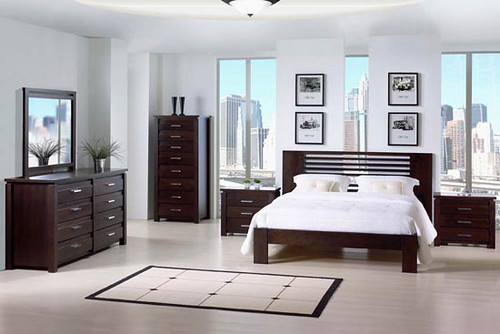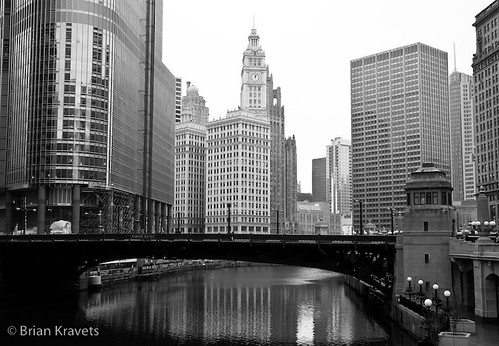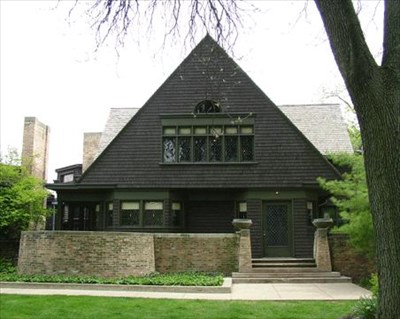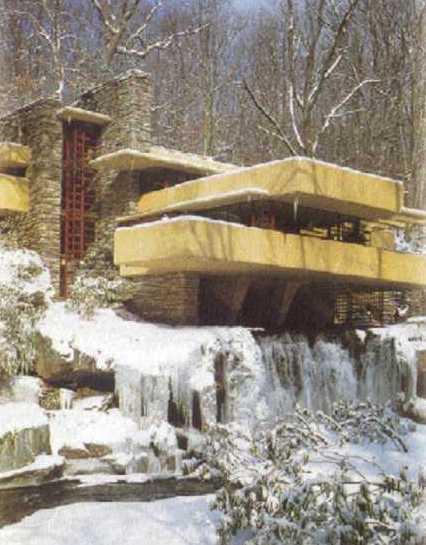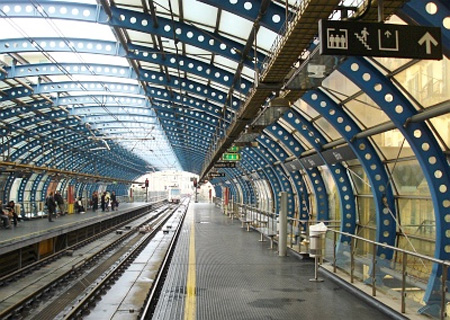Criticising Future
Farnsworth House
· Designed by Mies van der Rohe
· Elevated the home because of a nearby river that would flood
· Podium elevated as well with stairs up to the house’s platform
· Two sets of four columns support the roof
· All glass no solid walls
· Two zones- Bathroom/Kitchen as one
· Curtains not originally built for the home but then added for privacy and to keep the sun out
In my opinion this is a very nice home. It is starting a new era of homes that don’t have to have walls. I think that he did this exact style because the area it is in has nothing around it to be self conscious about having your life viewed by others. It is in the middle of trees and fields where it is almost as if you’re living in the nature because of the glass. I think the real criticism is why try this? This is farfetched in trying new styles. People were used to the traditional walls, separate rooms, and privacy. Mies went away from that to create one big open space with all glass to almost make it seem as though you didn’t have anything separating you and nature. Although in reality it is not a comfortable home because of the heat and being in a glass box the overall concept of trying to open up living spaces is going in a direction that could be perfected. In aspect with Eames homes I think they’re both very similar. Eames instead of all glass had some walls added. Glass as a material for a entire house just shows that the structure is sound. The concept of buildings as skeletons and skins the Farnsworth house is all skeleton. BY having glass as a skin it shows the support being sound because glass would not be used to support. That also was starting to be a modern thing showing the skeleton of buildings such as the cast iron and steel buildings where you get see a lot of the foundation and supports. I believe it also has a decorative use to it if they are shown right. No one is used to change. Criticism will be everywhere at all times. How you build upon the criticism and further your designs is where people will realize change and that modernizing is actually a good thing. I think Mies design of this home was a definite good way to start a new way of how to modernize not only will glass but that glass can be walls.


 The last unit of the semester was tying together all of the future designs back with older designs along with the transformation they have taken as time passed. A lot of criticism was a major issue during this last time period we talked about. Designers are trying to use new materials old looks with new looks. New evolutions of structures are starting to come in effect as well. Johnson wax building has lily pad columns. Criticism is a way for people not to have change when if they took the chance to modernize they would realize it works out for the best. I like these design a lot because it not only changes the norm and starts a new way to think but it actually worked out to support the structure really well. Who would have known support can be a decoration as well. I think it was a gutsy move but we need those to move forward in design and keep the world changing with times. Another change with time was having mechanical near the top instead of the top set aside for view. I also think this was a gutsy move but in my opinion actually is a nice way to look at it. The bottom is for a lot of room and although the top is no longer for views it takes away from mechanical objects near the bottom for everyone to see, at least it is hidden. It may not be convenient for people but overall it’s for the best for cleanliness of the buildings mechanical works. A lot of the last unit was the criticism that is presented as time passed and new designs were appearing up that wasn’t normally seen before. I think the material was the biggest change. Traditional places that would use wood or bricks would start using concrete or other materials that wasn’t normal for that type of style. This in my opinion was the biggest controversy during this new era of revolution in design styles. Another example would be Vietnam War Memorial. It had a lot of controversy in the fact that it wasn’t sufficient enough to commend the men and women who had lost their lives. It was a clean and simple design that had the axis pointing to other major spots in D.C. It didn’t need a lot of detail to it to get its point across. I think another problem with the criticism in this time was that people didn’t realize upfront that language had changed as well. New things told old languages but in a newer more modern way. It got the point across to commend those who had lost their lives without having to be gaudy with tons of detail. A material that would be highly reflective and clean cut and sharp looking was the perfect way to show this. A lot of the last unit was explaining the issues with change. It tied up the past with how it was modernized and how those new designs were viewed in the eyes of others. Change may not always be the best in the beginning but a lot can come out of time and adapting to new ways. I think the last unit was there to open our eyes into going outside of lines to make something new and to not take criticism the wrong way. Not everyone will like what you do but a lot may and time changes a lot of people’s minds. This unit opened my eyes in the way that changing old and making it into new may have a lot of controversy but is the foundation to how changes are made. Try new things, fail, and try again. Design is not a set and stone way. There are rules in a sense that things are done in a certain fashion but that doesn’t limit the possibilities in how you can design.
The last unit of the semester was tying together all of the future designs back with older designs along with the transformation they have taken as time passed. A lot of criticism was a major issue during this last time period we talked about. Designers are trying to use new materials old looks with new looks. New evolutions of structures are starting to come in effect as well. Johnson wax building has lily pad columns. Criticism is a way for people not to have change when if they took the chance to modernize they would realize it works out for the best. I like these design a lot because it not only changes the norm and starts a new way to think but it actually worked out to support the structure really well. Who would have known support can be a decoration as well. I think it was a gutsy move but we need those to move forward in design and keep the world changing with times. Another change with time was having mechanical near the top instead of the top set aside for view. I also think this was a gutsy move but in my opinion actually is a nice way to look at it. The bottom is for a lot of room and although the top is no longer for views it takes away from mechanical objects near the bottom for everyone to see, at least it is hidden. It may not be convenient for people but overall it’s for the best for cleanliness of the buildings mechanical works. A lot of the last unit was the criticism that is presented as time passed and new designs were appearing up that wasn’t normally seen before. I think the material was the biggest change. Traditional places that would use wood or bricks would start using concrete or other materials that wasn’t normal for that type of style. This in my opinion was the biggest controversy during this new era of revolution in design styles. Another example would be Vietnam War Memorial. It had a lot of controversy in the fact that it wasn’t sufficient enough to commend the men and women who had lost their lives. It was a clean and simple design that had the axis pointing to other major spots in D.C. It didn’t need a lot of detail to it to get its point across. I think another problem with the criticism in this time was that people didn’t realize upfront that language had changed as well. New things told old languages but in a newer more modern way. It got the point across to commend those who had lost their lives without having to be gaudy with tons of detail. A material that would be highly reflective and clean cut and sharp looking was the perfect way to show this. A lot of the last unit was explaining the issues with change. It tied up the past with how it was modernized and how those new designs were viewed in the eyes of others. Change may not always be the best in the beginning but a lot can come out of time and adapting to new ways. I think the last unit was there to open our eyes into going outside of lines to make something new and to not take criticism the wrong way. Not everyone will like what you do but a lot may and time changes a lot of people’s minds. This unit opened my eyes in the way that changing old and making it into new may have a lot of controversy but is the foundation to how changes are made. Try new things, fail, and try again. Design is not a set and stone way. There are rules in a sense that things are done in a certain fashion but that doesn’t limit the possibilities in how you can design. 



